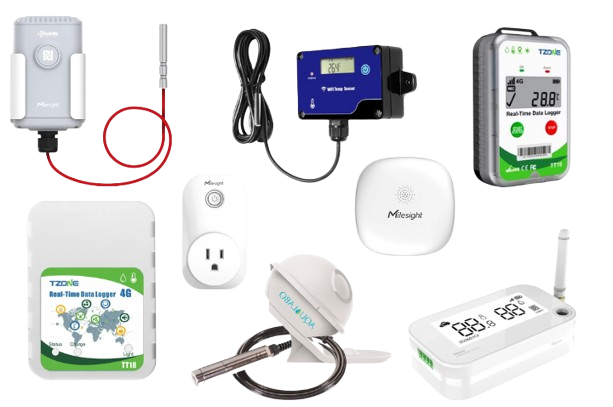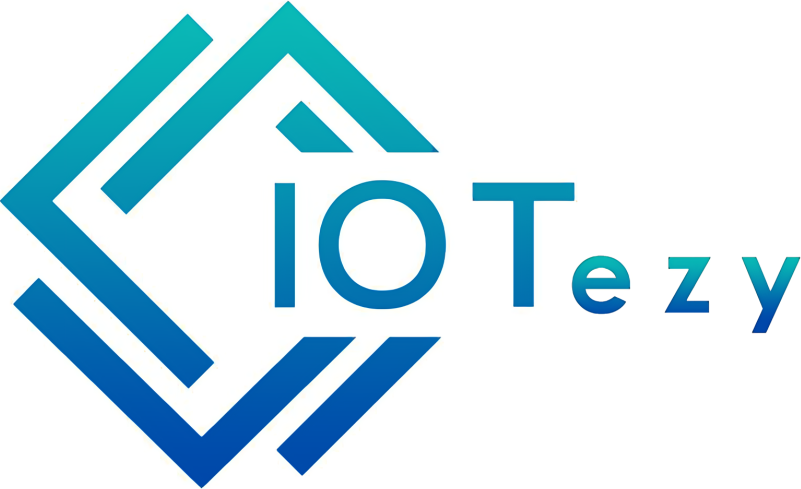LoRaWAN vs. NB-IoT: Which is Better for Remote Monitoring?
As industries increasingly adopt IoT solutions for smarter operations, wireless temperature sensors have become critical in sectors like cold chain logistics, food safety, pharma, agriculture, and environmental monitoring. But the effectiveness of these sensors largely depends on the right connectivity technology.
Two major contenders in this space are LoRaWAN (Long Range Wide Area Network) and NB-IoT (Narrowband IoT). Both are designed for low-power, wide-area network (LPWAN) use cases, but which is the better fit for remote monitoring, especially when deploying wireless temperature sensors?
Let’s break it down.
What is remote monitoring?

Remote monitoring involves collecting real-time data like temperature, humidity and more from assets or environment located further from the main control systems such as warehouses or cold storage units. The goal is to make informed decisions, prevent spoilage, and optimize operations.
To make this work, you need:
- Reliable wireless temperature sensors
- Long-range, low-power communication
- Cost-effective connectivity
- Scalability for many devices
LoRaWAN: Long Range, Low Power, Local Control

LoRaWAN is a license-free, long-range wireless communication protocol designed for low-power devices.
✅ Pros:
- Long Range: Up to 10–15 km in rural areas
- Low Power Consumption: Great for battery-powered sensors
- No SIM Required: Lower operational costs
- Private Networks: You can deploy your own gateway for full control
❌ Cons:
- Lower Data Rates: Not suitable for high-frequency or high-volume data
- Requires Gateways: You need your own infrastructure unless using public networks
- Interference: May face challenges in urban or industrial settings
Best For: Agriculture, smart buildings, and industrial monitoring where power and cost are key concerns.
NB-IoT: Cellular-Based, Highly Reliable
NB-IoT is a cellular-based LPWAN technology that operates on licensed spectrum and integrates with existing mobile networks.
✅ Pros:
- Reliable Coverage: Uses established cellular infrastructure
- Carrier Support: No need to deploy your own gateways
- Secure: Uses standard mobile network encryption and security
- Two-Way Communication: Better for remote device management
❌ Cons:
- Higher Power Consumption: Devices may need frequent battery changes
- Ongoing Costs: SIM cards and data plans increase operational expenses
- Less Suitable for Rural Areas: Coverage may still be limited outside cities
Best For: Pharma, healthcare, and urban applications where security and reliability are key.
LoRaWAN vs. NB-IoT for Wireless Temperature Sensors
| Feature | LoRaWAN | NB-IoT |
|---|---|---|
| Power Efficiency | ✅ Excellent | ⚠️ Moderate |
| Range | ✅ Long (10–15 km) | ⚠️ Depends on cellular coverage |
| Infrastructure | 🛠️ Private or public gateways | 📡 Cellular towers |
| Cost | 💰 Lower (no SIMs) | 💳 Higher (SIM + subscription) |
| Scalability | ✅ Very high | ⚠️ Limited by carrier capacity |
| Use Case Fit | Farms, factories, cold storage | Hospitals, city infrastructure |
Final Verdict: Choose What Fits Your Environment
There is no one-size-fits-all answer. The right choice depends on your application, location, power constraints, and budget.
If you’re deploying wireless temperature sensors in a rural farm, food warehouse, or remote cold chain route, LoRaWAN may be the smarter option. But for hospital refrigeration units or smart cities, NB-IoT offers a plug-and-play solution with higher reliability.
Get your Data Loggers at IOT-ezy
Protect Your Assets and Start Monitoring with Our Clod Platform

